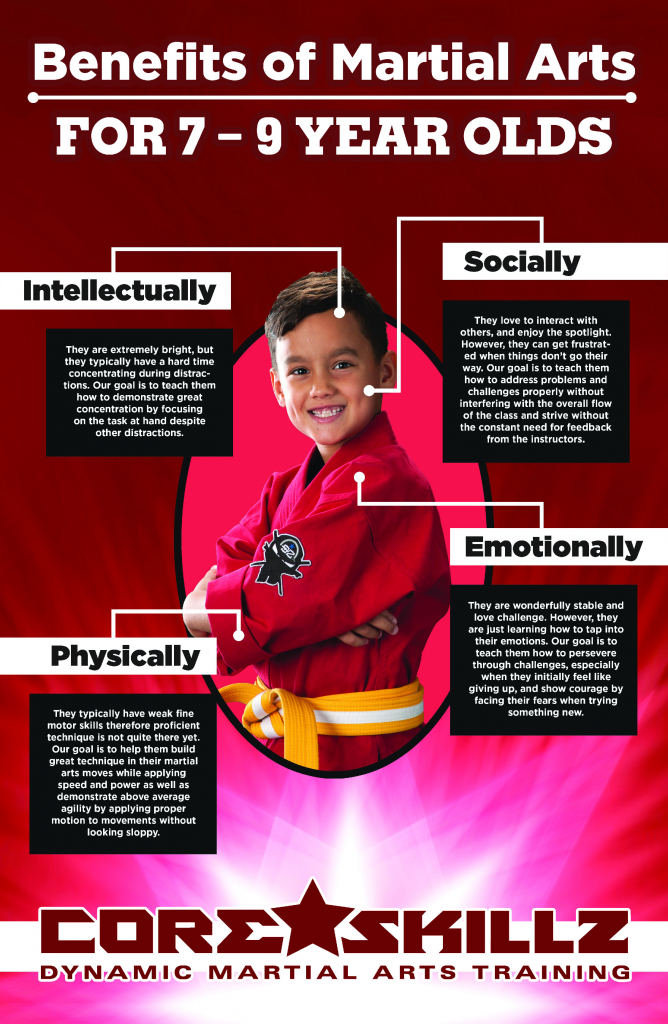Just How Adaptability Transforms Martial Arts Training. Improve Your Method, Prevent Injuries, And Master Progressed Relocations With This Game-Changing Versatility Overview
Just How Adaptability Transforms Martial Arts Training. Improve Your Method, Prevent Injuries, And Master Progressed Relocations With This Game-Changing Versatility Overview
Blog Article
Content Develop By-Hyllested Haslund
Did you understand that flexibility plays an essential function in fighting styles training?
In fact, a research performed by the International Journal of Sports Physical Treatment exposed that over 80% of martial musicians fight with minimal flexibility.
However why is flexibility so essential? Well, it not only boosts your performance and method however also lowers the threat of injuries.
So, if you're wanting to take your fighting styles skills to the following level and stay injury-free, you'll absolutely intend to keep analysis.
Advantages of Versatility in Martial Arts
Adaptability in martial arts brings numerous advantages to experts, allowing you to improve your performance and minimize the danger of injury. By enhancing go to this site , you boost your variety of motion, allowing you to implement methods with better accuracy and efficiency.
This improved agility and fluidity in your motions can offer you a competitive edge, permitting you to react quicker and adjust to various situations during sparring or competitions. Furthermore, raised versatility assists to stop injuries by enhancing muscular tissue elasticity and joint wheelchair.
It enables your body to relocate extra easily, lowering the pressure on your muscles and tendons. This, in turn, reduces the chances of strains, stress, and muscular tissue pulls. By integrating versatility training into your fighting styles practice, you not only boost your performance but also protect your physical health.
Methods to Improve Flexibility
To improve your adaptability in fighting styles, you can include various extending workouts into your training routine.
One efficient technique is vibrant extending, which involves moving with a complete series of activity to heat up your muscular tissues and enhance flexibility. Instances include leg swings, arm circles, and trunk turnings.
One more technique is static stretching, where you hold a stretch for a continual period of time. This aids lengthen and unwind your muscular tissues, enhancing adaptability with time. Typical static stretches for fighting styles include the butterfly stretch, hindering stretch, and shoulder stretch.
Furthermore, including yoga exercise or Pilates right into your training can additionally greatly enhance your adaptability.
Keep in mind to always warm up before extending and pay attention to your body to avoid injury.
Flexibility Training for All Ability Degrees
As you proceed in your fighting styles training, improving your adaptability comes to be vital for improving your overall efficiency. Flexibility training isn't only beneficial for sophisticated experts yet additionally for newbies and intermediate pupils.
Regardless of is there any age limit for martial arts , incorporating versatility workouts into your training routine will help you create a variety of motion, stop injuries, and improve your strategy execution.
For novices, adaptability training can assist enhance your form and pose, enabling you to execute motions properly and successfully. Intermediate specialists can use adaptability training to additional boost their series of movement and improve their fluidity in executing complex methods. Advanced trainees can take advantage of flexibility training by keeping and improving their existing flexibility, allowing them to execute advanced moves easily.
Final thought
Finally, accepting adaptability in your fighting styles training is critical. By incorporating methods to enhance versatility, you can boost your efficiency and stop injuries.
Bear in mind, 'An adaptable body is a resistant body.' So, keep pressing your restrictions, stretching regularly, and profit of a flexible and agile body.
